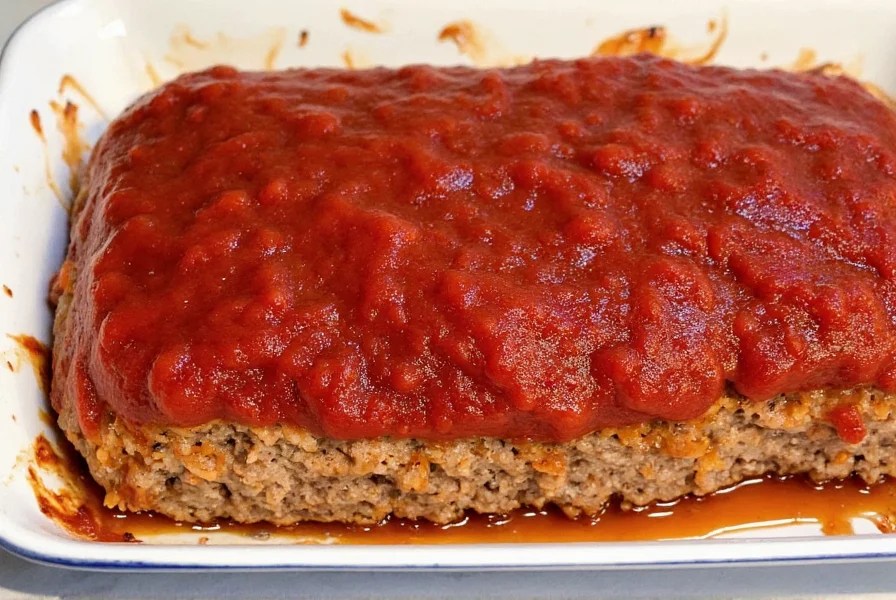Many consumers search for “heinz sauce chili” expecting a spicy condiment, but the actual product—Heinz Chili Sauce—occupies a unique space between ketchup and traditional chili sauce. Understanding this distinction prevents recipe failures and clarifies its culinary applications. This comprehensive guide examines the product’s composition, history, and practical uses based on verified information from Heinz’s official product specifications and culinary industry standards.
What Exactly Is Heinz Chili Sauce?
Heinz Chili Sauce is a cooked, bottled condiment consisting primarily of tomatoes, high fructose corn syrup, vinegar, and a proprietary blend of spices. Unlike authentic chili sauces that feature prominent chili peppers and garlic, Heinz’s version delivers a milder, sweeter profile designed as a versatile cooking ingredient rather than a direct heat source. The product’s consistency resembles thick ketchup but with discernible tomato pulp and subtle spice notes.
Ingredients and Nutritional Profile
According to Heinz’s official labeling, the standard ingredients include:
| Ingredient | Purpose | Notable Absences |
|---|---|---|
| Tomato concentrate | Base ingredient providing body and color | No artificial colors |
| High fructose corn syrup | Sweetness balancing acidity | No added preservatives |
| Vinegar | Acidity and preservation | No garlic or onion |
| Less than 2% of: • Salt • Spice • Natural flavoring |
Flavor complexity | No chili pepper extract |
A two-tablespoon serving contains 20 calories, 5g carbohydrates, and 140mg sodium. Unlike hot sauces, it provides minimal capsaicin, registering only 50–100 Scoville units compared to Tabasco’s 2,500–5,000 units. This makes it suitable for dishes requiring tomato depth without significant heat.
Historical Context and Product Evolution
Introduced in 1940 during America’s canned food boom, Heinz Chili Sauce emerged as a convenient alternative to homemade versions. Early formulations contained more sugar to compensate for lower-quality tomatoes. The 1970s saw recipe adjustments reducing high-fructose corn syrup content following consumer health concerns. Unlike regional chili sauces developed for specific cuisines, Heinz’s version standardized a sweet-tangy profile appealing to broad American palates—a strategic move that established it as a pantry staple rather than a niche product.
Culinary Applications and Recipe Integration
Chefs value Heinz Chili Sauce for its consistent flavor and shelf stability. Its primary uses include:
- Meatloaf and meatballs: Replaces traditional ketchup topping with enhanced flavor complexity
- Sloppy Joes: Forms the base for the signature sweet-spicy sauce
- Barbecue variations: Blended with vinegar and liquid smoke for quick marinades
- Cocktail meatball sauce: Combined with grape jelly for party appetizers
- Bean dishes: Adds depth to baked beans without overwhelming heat
When substituting in recipes calling for “chili sauce,” note that authentic Mexican or Asian chili sauces won’t replicate Heinz’s sweet profile. For closest results, blend tomato sauce with 1 tsp sugar and ¼ tsp cumin per ¼ cup.

Comparing Heinz Chili Sauce to Alternatives
Understanding differences prevents recipe disappointment:
- Heinz Ketchup: Contains more vinegar and less sugar; lacks the spice blend
- Traditional chili sauce: Features visible chili peppers and garlic (e.g., commercial “chili garlic sauce”)
- Homemade versions: Typically include fresh chilies, onions, and extended cooking time
- International equivalents: British “tomato chili sauce” often contains Worcester sauce and tamarind
Food scientists note Heinz Chili Sauce’s pH level (approximately 3.8) makes it safer for canning than homemade versions, which often require precise acidification. This technical advantage explains its enduring popularity in preserving circles.
Purchasing and Storage Guidelines
Available in 15-ounce glass bottles and 46-ounce institutional cans, Heinz Chili Sauce maintains quality for 12–18 months unopened. After opening, refrigerate and use within 4 weeks. Check for:
- Consistent deep red color (avoid brownish tints indicating oxidation)
- Smooth texture without separation
- Firm bottle cap seal
While major retailers carry it year-round, availability may decrease in regions with low demand. Online grocery services typically list it under “canned goods” rather than “hot sauces.”
Is Heinz Chili Sauce the same as ketchup?
No. While both are tomato-based, Heinz Chili Sauce contains less vinegar, more sugar, and a distinct spice blend without the garlic and onion found in many ketchup varieties. Its texture also features visible tomato pulp unlike smooth ketchup.
Can I substitute Heinz Chili Sauce for tomato sauce in recipes?
Yes, but with adjustments. For every cup of tomato sauce, use ¾ cup Heinz Chili Sauce plus ¼ cup water to balance sweetness. Reduce added sugar in the recipe by 1-2 teaspoons to compensate for the sauce’s natural sweetness.
Why doesn’t Heinz Chili Sauce taste spicy?
Despite its name, Heinz Chili Sauce contains no significant chili pepper content. The “chili” refers to its historical use in chili con carne recipes as a base ingredient, not its heat level. Its Scoville rating is minimal (50-100 units) compared to actual hot sauces.
Is Heinz Chili Sauce gluten-free?
Yes, Heinz confirms their Chili Sauce is gluten-free. The product contains no wheat derivatives, and manufacturing facilities follow protocols to prevent cross-contamination with gluten-containing products.
How does Heinz Chili Sauce differ from Mexican salsa?
Mexican salsa typically features fresh ingredients like tomatoes, onions, cilantro, and raw chilies with vinegar added for preservation. Heinz Chili Sauce is cooked, smoother, sweeter, and lacks fresh vegetable components or significant heat. They serve different culinary purposes despite both being tomato-based condiments.











 浙公网安备
33010002000092号
浙公网安备
33010002000092号 浙B2-20120091-4
浙B2-20120091-4